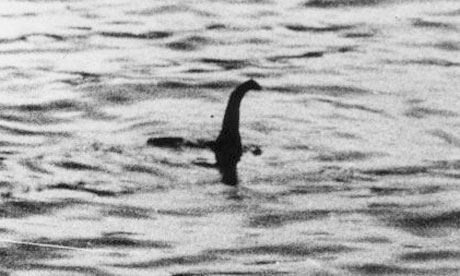WIFE-beater Bill Walker endorsed a “disgraceful” statement attacking one of his abuse victims, according to a leaked conversation with his former spin doctor.
Walker also claimed his “constituents” supported him, said people wondered why his wives had not come forward sooner, and revealed he was already working on an appeal.
Elected as the SNP MSP for Dunfermline in 2011, Walker finally quit Holyrood eight days ago after being found guilty of 23 charges of assault.
The violence included attacks on three ex-wives and a teenage step-daughter. On Monday, the saga reached farcical proportions after his media adviser Iain Maciver released a statement mocking Walker’s third wife, Diana.
It described her as a “former TV walk-on artist” who was “enjoying the limelight again in front of the cameras”.
The statement questioned why, if she had been “subject to as much abuse as she now claims”, she did not divorce Walker. Maciver withdrew the press release, apologised to Mrs Walker and told STV he blamed himself for the error.
“I knew straight away that was inappropriate, it was flippant, that wasn’t the form of statement that I expected to send or wanted to send,” he said.
“Mr Bill Walker did not write that statement. He left it to me to clarify matters about their divorce and the result is all my fault.”
Maciver resigned as Walker’s PR spokesman hours later. However, notes of a conversation between Walker and Maciver on Thursday cast a different light on the press release.
During a tense 20-minute exchange, Maciver told Walker his friends were “puzzled why I took the rap”, adding that the truth was Walker had told him “the stuff” about his ex-wife and “you approved it”.
Walker replied saying the statement “went out in your name”, but noted: “I did see what you sent out before it went out and, you know, the facts were correct. It was done in your style. The facts were correct.”
Maciver said the statement, which he said was sent from Walker’s former constituency office, “was all subject to negotiation up until the end when you said ‘okay, send that’.”
Walker replied: “Well, I said it was alright with me and don’t know if I said …”
Maciver returned to the theme, claiming that “I trashed my own reputation for something that I am ultimately not responsible for.”
Walker was unmoved: “Well, I suppose you’re responsible for what you issue and I certainly thought the facts were right.”
The pair repeatedly clashed about whether Walker had “approved” the statement, a word to which the former MSP objected. Maciver said to Walker: “Come on. I think you’re in denial about many things.”
Back on the subject of the statement, Walker said: “I saw it before you issued it. Yes.” Maciver replied: “You not only saw it, you sat down and you said ‘that’s fine’.”
Walker again quibbled: “Can’t remember the words …”
More broadly, Walker claimed people in Dunfermline supported him: “We had one woman this morning, a friend – well, not a friend, a constituent … saying … why did they suddenly come forward 20, 30, 40 years later?
“And that sort of view is surfacing all the time but, of course, these are the small people.”
He also said: “Constituents are saying to the girls … these women should have come out years ago if they had anything to complain – why now?” He added: “It’ll all be part of the appeal.”
After Maciver said it was ”obviously the end of the road for me and you”, the conversation ended. Walker is to be sentenced on Friday.
Maciver told the Sunday Herald yesterday: “Bill Walker took me into his PA’s office and told me what to write, insisting it had all been aired in court. I advised him against it.
“Just before we left to catch my train at Inverkeithing, he demanded his name be removed and he hung me out to dry. There was no alternative for me but to claim it was my mistake, grovel and take the abuse until I could clear my name. Without witnesses, I had no way to prove I had been set up until the facts came from his own lips.”
Scottish Conservative deputy leader Jackson Carlaw said: “If it’s the case that Bill Walker did know about this disgraceful release, then that is yet another staggering low.
“He’s gone from denying his guilt to almost revelling in it, and that is only making things worse for his victims.”
Labour MSP Claire Baker said: “This is more evidence, if any more was needed, that Bill Walker should never have been selected by the SNP to stand for the Scottish Parliament.
“After lying to the court about his behaviour, we now learn that there are more lies about his involvement in this disgraceful attack on one of his victims.
“The fact that he believes that the people of Dunfermline support him is another example of how detached he has become from reality.”
Walker did not return this newspaper’s telephone call.



